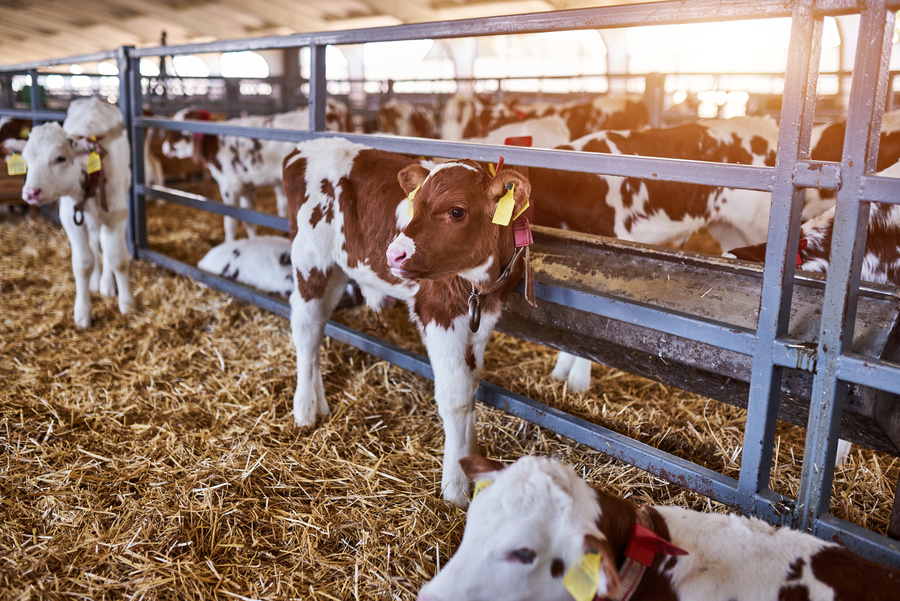
Bovine Respiratory Disease
Bovine Respiratory Disease (BRD)
BRD (Bovine Respiratory Disease) can refer to any disease of the lungs and airways of
cattle, but most often refers to infections of the lung tissue by viruses and bacteria, also
known as pneumonia. BRD is common in young stock (calf pneumonia) and is the cause of major economic losses to farmers.
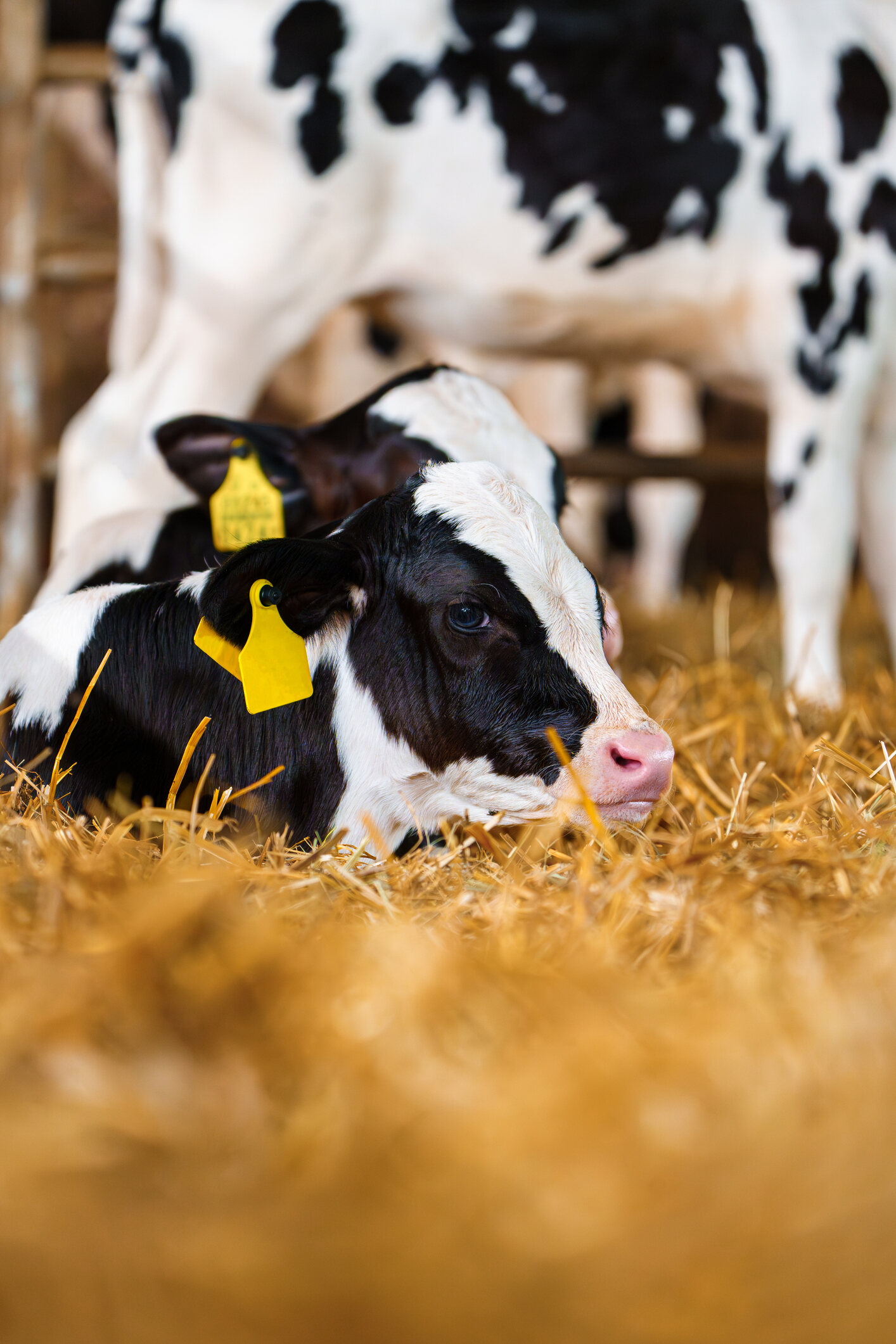
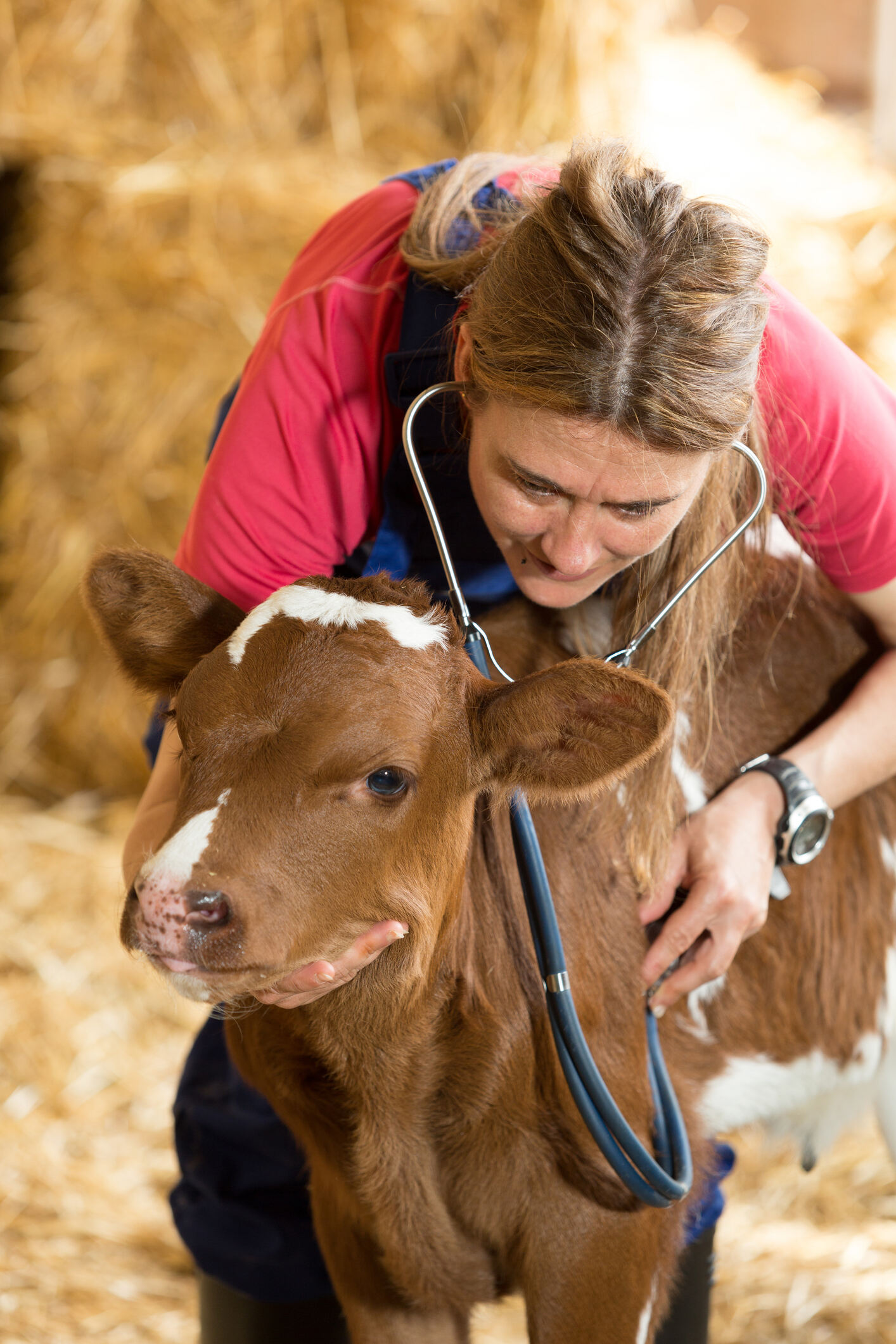
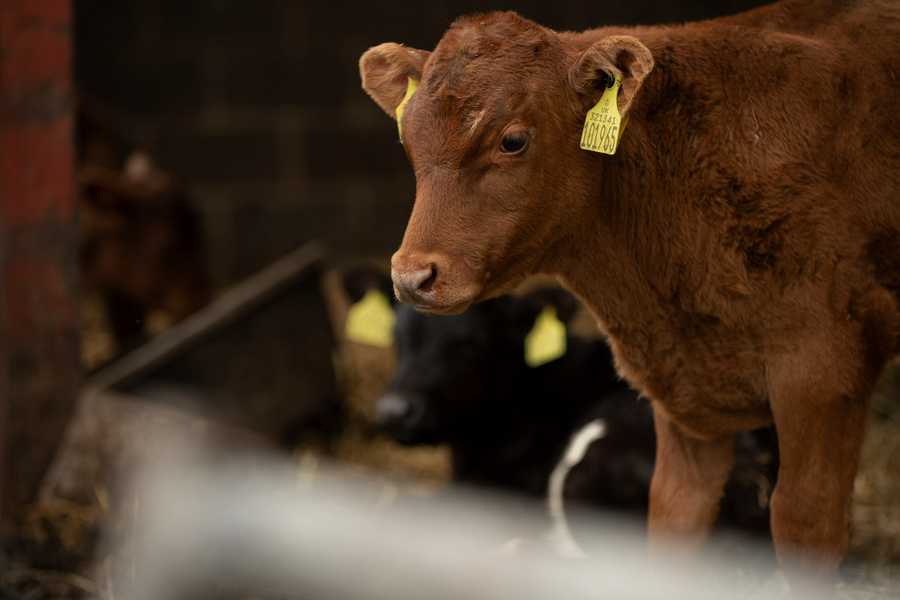
The total cost to the UK cattle industry
is estimated at £80 million per year1.
The average cost per calf in an outbreak of calf pneumonia can range between £30–£802 but can increase to £500 or more if an animal dies because of the disease3.
-
Up to 20%4 of all growing calves may SHOW signs of respiratory disease...
-
But up to 37%4 actually HAVE established respiratory disease and damage to lungs at slaughter...
-
You may be missing 50%4 of the infection circulating through your herd
Understanding Bovine Respiratory Disease
Learn more about the causes and signs of BRD and how to treat and control the disease.
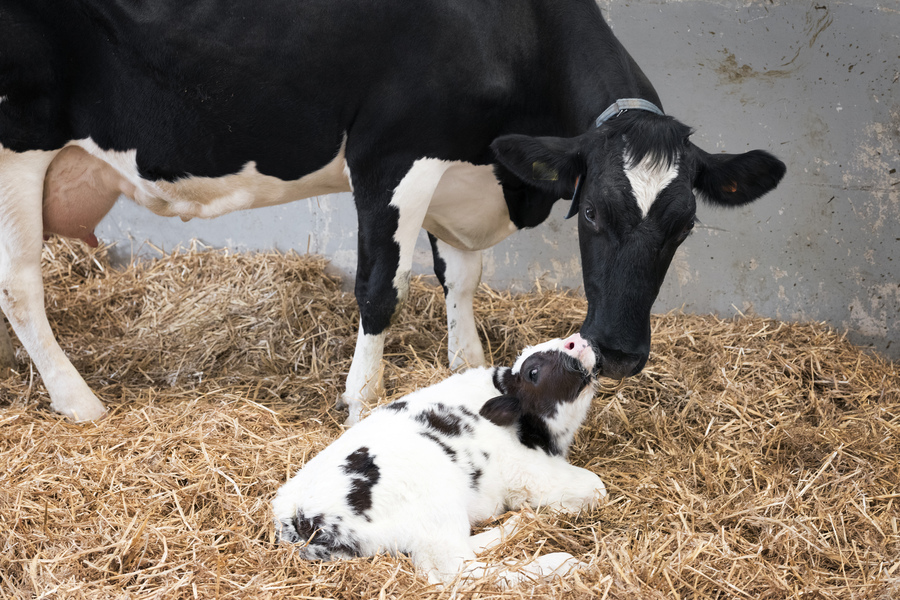
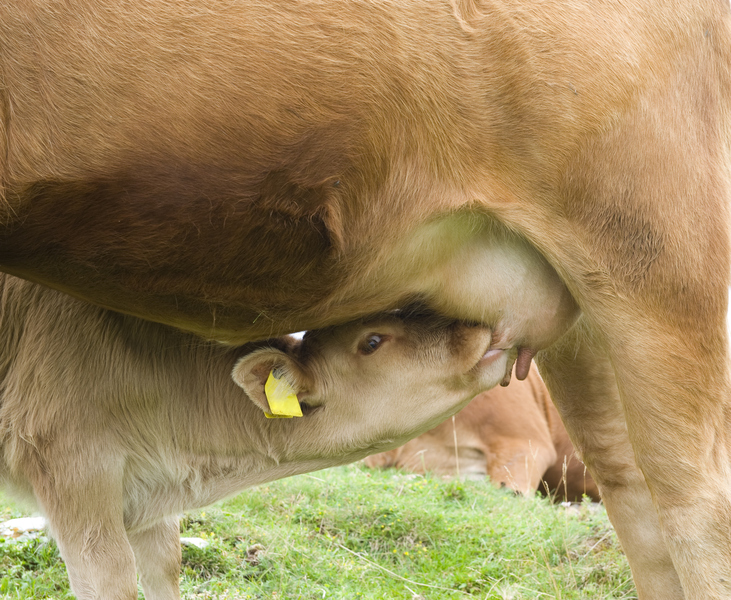
Interested in learning more?
Download our best practice guide for more in-depth information on the disease and detailed guidance on how to control outbreaks.
References:
1 BARETT D.C. (2000) Veterinary Record 146, 545-550
2 Caldow and Crawshaw 2005
3 Scott 2009
4 Investigating Bovine Respiratory Disease and Associated Farm Level Risk Factors: A Pilot Study. Jonathan ME Statham MA VetMB DCHP MRCVS




